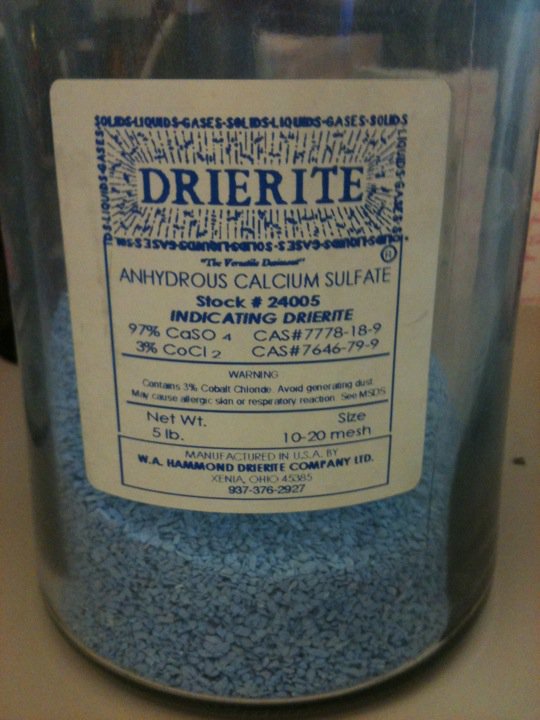|
Keene's Cement
Keene's Cement Plaster or Keene's cement is a hard plaster formulation, primarily used for ornamental work. Alternate names are Martin's cement and Parian cement. It is a calcined formulation of regular calcium sulfate plaster with an alum An alum () is a type of chemical compound, usually a hydrated double salt, double sulfate salt (chemistry), salt of aluminium with the general chemical formula, formula , where is a valence (chemistry), monovalent cation such as potassium or a ... admixture. The compound gives a hard finish that can be polished. The product was developed by Richard Wynn Keene and patented in 1838.''The Repertory of Patent Inventions'', new series, vol. 10, June–December 1838, pp. 229–232. References Plastering {{Material-stub ... [...More Info...] [...Related Items...] OR: [Wikipedia] [Google] [Baidu] |
Plaster
Plaster is a building material used for the protective or decorative coating of walls and ceilings and for Molding (decorative), moulding and casting decorative elements. In English, "plaster" usually means a material used for the interiors of buildings, while "render" commonly refers to external applications. Another imprecise term used for the material is stucco, which is also often used for plasterwork that is worked in some way to produce relief decoration, rather than flat surfaces. The most common types of plaster mainly contain either gypsum, lime plaster, lime, or cement plaster, cement,Franz Wirsching "Calcium Sulfate" in Ullmann's Encyclopedia of Industrial Chemistry, 2012 Wiley-VCH, Weinheim. but all work in a similar way. The plaster is manufactured as a dry powder and is mixed with water to form a stiff but workable paste immediately before it is applied to the surface. The reaction with water liberates heat through crystallization and the hydrated plaster then ha ... [...More Info...] [...Related Items...] OR: [Wikipedia] [Google] [Baidu] |
Calcination
Calcination refers to thermal treatment of a solid chemical compound (e.g. mixed carbonate ores) whereby the compound is raised to high temperature without melting under restricted supply of ambient oxygen (i.e. gaseous O2 fraction of air), generally for the purpose of removing impurities or volatile substances and/or to incur thermal decomposition. The root of the word calcination refers to its most prominent use, which is to remove carbon from limestone (calcium carbonate) through combustion to yield calcium oxide (quicklime). This calcination reaction is CaCO3(s) → CaO(s) + CO2(g). Calcium oxide is a crucial ingredient in modern cement, and is also used as a chemical flux in smelting. Industrial calcination generally emits carbon dioxide (), making it a major contributor to climate change. A calciner is a steel cylinder that rotates inside a heated furnace and performs indirect high-temperature processing (550–1150 °C, or 1000–2100 °F) within a controlled ... [...More Info...] [...Related Items...] OR: [Wikipedia] [Google] [Baidu] |
Calcium Sulfate
Calcium sulfate (or calcium sulphate) is the inorganic compound with the formula CaSO4 and related hydrates. In the form of γ-anhydrite (the anhydrous form), it is used as a desiccant. One particular hydrate is better known as plaster of Paris, and another occurs naturally as the mineral gypsum. It has many uses in industry. All forms are white solids that are poorly soluble in water.Franz Wirsching "Calcium Sulfate" in Ullmann's Encyclopedia of Industrial Chemistry, 2012 Wiley-VCH, Weinheim. Calcium sulfate causes permanent hardness in water. Hydration states and crystallographic structures The compound exists in three levels of hydration corresponding to different crystallographic structures and to minerals: * (anhydrite): anhydrous state. The structure is related to that of zirconium orthosilicate (zircon): is 8-coordinate, is tetrahedral, O is 3-coordinate. * (gypsum and selenite (mineral)): dihydrate. * (bassanite): hemihydrate, also known as plaster of Paris. S ... [...More Info...] [...Related Items...] OR: [Wikipedia] [Google] [Baidu] |
Alum
An alum () is a type of chemical compound, usually a hydrated double salt, double sulfate salt (chemistry), salt of aluminium with the general chemical formula, formula , where is a valence (chemistry), monovalent cation such as potassium or ammonium. By itself, "alum" often refers to potassium alum, with the formula . Other alums are named after the monovalent ion, such as sodium alum and ammonium alum. The name "alum" is also used, more generally, for salts with the same formula and structure, except that aluminium is replaced by another valence (chemistry), trivalent metal ion like chromium#Chromium(III), chromium, and/or sulfur is replaced by another chalcogen like selenium. The most common of these analogs is chrome alum . In most industries, the name "alum" (or "papermaker's alum") is used to refer to aluminium sulfate, , which is used for most industrial flocculation (the variable is an integer whose size depends on the amount of water absorbed into the alum). In medic ... [...More Info...] [...Related Items...] OR: [Wikipedia] [Google] [Baidu] |
Dykwynkyn
Richard Wynn Keene (9 December 1809 – 28 November 1887) is mainly remembered today under his theatrical name of Dykwynkyn. Keene was a Victorian designer of costumes, props, mechanical effects and scenery for plays and pantomimes on the London stage, with a strong sense of wit and a special feeling for animals. He contributed some notable props for the first cycle of Wagner's Ring at Bayreuth. He was also an artist and in his earlier career a manufacturer and inventor of building materials. Keene's cement, a type of hard plaster for internal use, perpetuates his name. Keene achieved his theatrical distinction despite being severely or almost totally deaf. Probably for that reason he was never a public figure, and he died in penury. Early career Keene was born in Birmingham, where his father John Williams Keene may have run a business connected with the arms trade. Drawings he made while visiting London in 1828 show that his artistic abilities and visual sense of humou ... [...More Info...] [...Related Items...] OR: [Wikipedia] [Google] [Baidu] |


